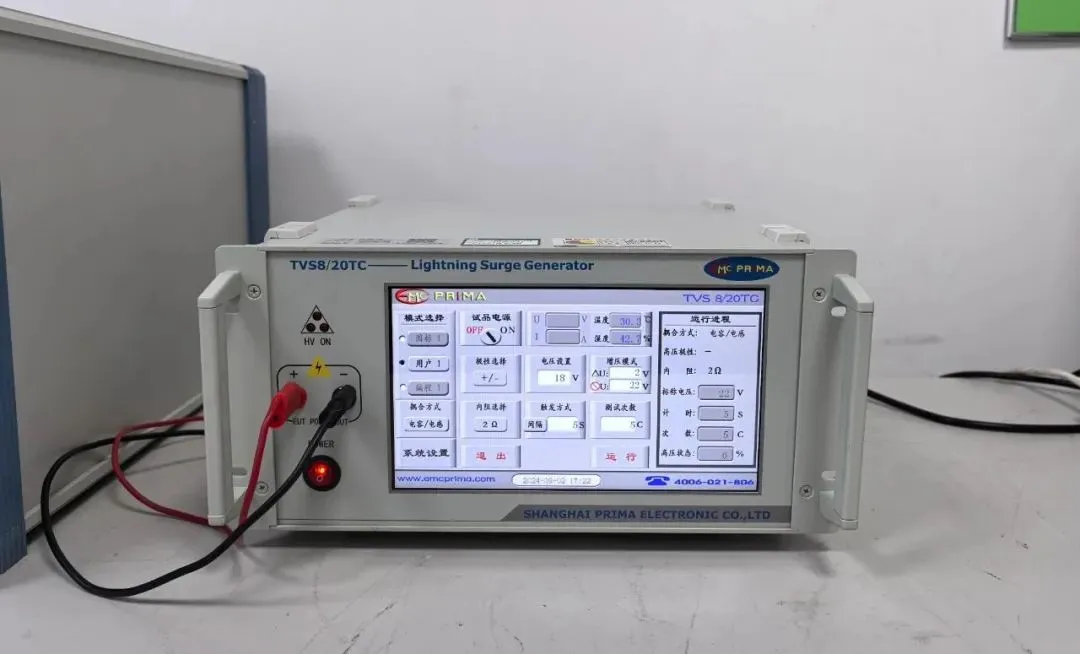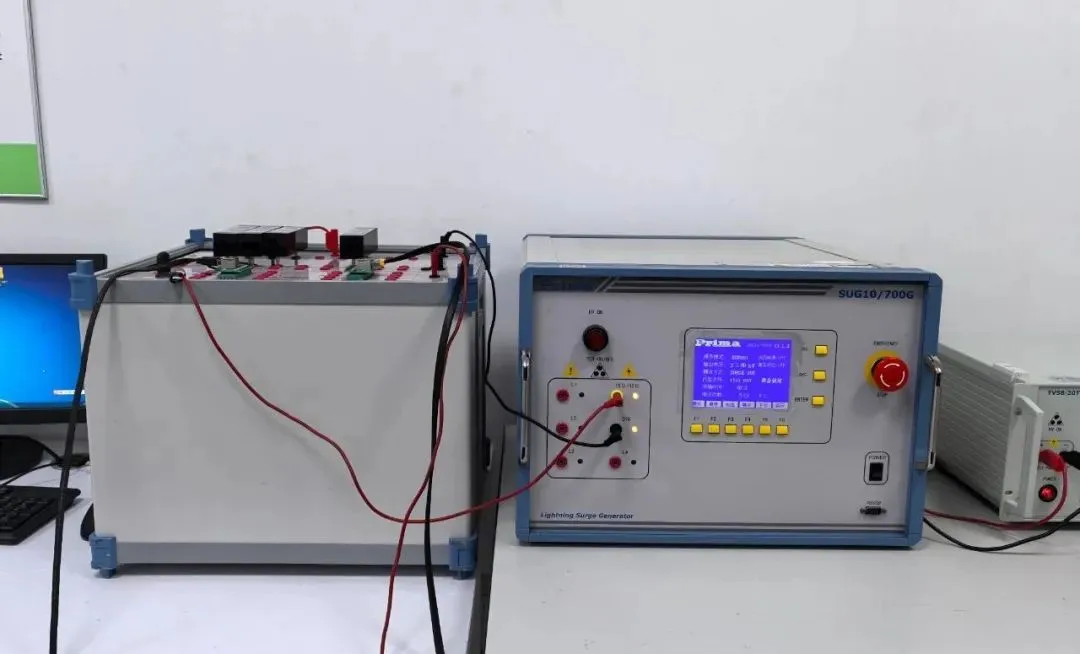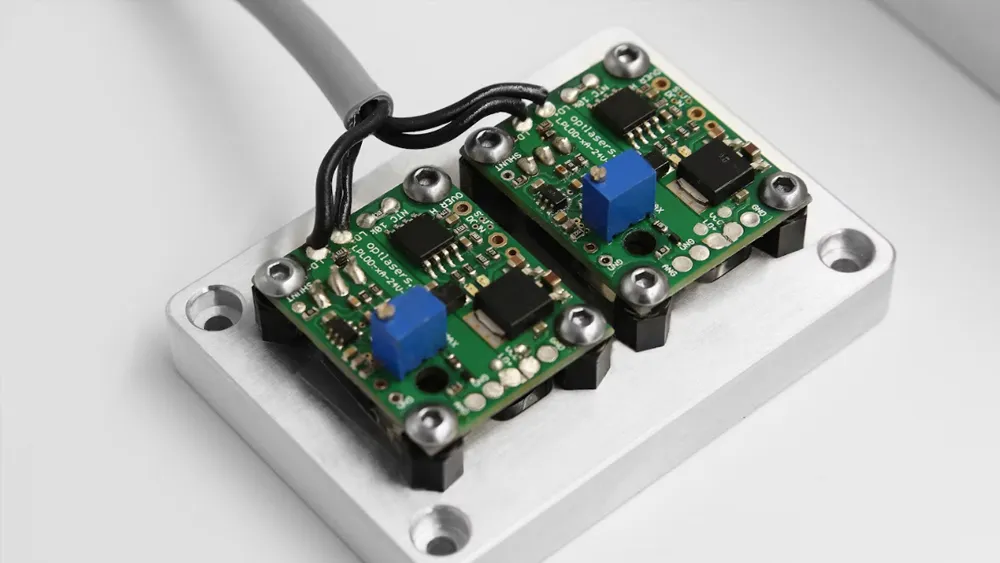
Electric Toys GB 19865-2005 Compliance Testing
GB 19865-2005 "Safety of Electric Toys" is a mandatory safety standard in China for electric toys. It aims to ensure that electric toys do not pose risks such as electric shock, fire, or mechanical injury to children under normal use and reasonably foreseeable misuse. Below is a detailed explanation and key requirements of this standard:

Scope of Application
Applicable Products:All toys designed or intended for children under 14 years old that rely on electrical energy for at least one function, including:
- Battery-poweRED toys (e.g., electric trains, remote control cars)
- Toys directly connected to power (e.g., plug-in toys)
- Rechargeable toys (e.g., electric balance scooters, electronic pets)
Not Applicable:Electronic products not for children (e.g., household appliances) and non-toy educational electronics (e.g., educational experiment kits).
Core Safety Requirements
1. Electrical Safety
- Voltage Limits:
- AC toys: Rated voltage ≤ 24V
- DC toys: Rated voltage ≤ 36V (must have double or reinforced insULation)
- Insulation Protection:Live parts must be effectively isolated to prevent direct contact (e.g., PCB encapsulation, insulated casing)
- Dielectric Strength Test:Insulation must withstand 1500V/60s without breakdown or flashover
2. Battery & Charging Safety
- Battery Types:Mercury batteries or any battery prone to leakage/explosion are prohibited
- Overcharge/Overdischarge Protection:Rechargeable toys must have circuitry to prevent overheating or explosion
- Battery Compartment Design:Must be secure and child-resistant (e.g., screw-fastened with tamper-proof labels)
3. Mechanical & Structural Safety
- Heating Component Protection:Surface temperature of motors, transformers, etc., ≤ 50°C to avoid burns
- Moving Part Protection:Gears, fans, etc., must have guards to prevent finger injuries
- Wires & Connectors:Power cords must comply with GB 5023; plugs must comply with GB 1002
4. CheMICal Safety
- Heavy metals (lead, cadmium, mercury) in batteries and electronic components must meet GB 6675.4 limits
- Phthalates in plastic parts ≤ 0.1% (consistent with GB 6675.1)
Key Testing Items
3.1 Electrical Safety Tests
3.1.1 Dielectric Strength Test
- Purpose:Verify reliability of insulation under high voltage
- Method:Apply 1500V AC (or 2121V DC) between live parts and accessible surfaces for 60s
- Criteria:No breakdown or flashover; leakage current ≤ 5mA
3.1.2 Insulation Resistance Test
- Purpose:Test resistance of insulating materials
- Method:Measure resistance between live parts and accessible parts using 500V DC
- Criteria:≥ 100MΩ (normal), ≥ 1MΩ (humid conditions)
3.1.3 Ground Continuity Test
- Applicable Toys:Toys with grounding
- Method:Measure resistance between ground terminal and accessible metal parts
- Criteria:≤ 0.1Ω
3.1.4 Abnormal Condition Test
- Items:Short circuit, overload, reverse charging (for rechargeable toys)
- Criteria:No fire, explosion, or toxic gas release
Mechanical Safety Tests
3.2.1 Drop Test
- Purpose:Simulate accidental drops
- Method:Drop the toy from 1m heightonto a hard surface (e.g., concrete), once on each side
- Criteria:Batteries remain in place; casing intact, no exposed live parts
3.2.2 Pull Test
- Objects:Power cords, battery connectors, detachable parts
- Method:Apply ≥30N forcefor 10s
- Criteria:No detachment or breakage; internal circuits remain protected
3.2.3 Moving Part Protection Test
- Objects:Gears, fans, wheels
- Criteria:Protective cover or gap ≤ 5mm to prevent finger or hair entanglement
Temperature Rise Test
3.3.1 Test Conditions
- Operate toy continuously at rated voltage until thermal equilibrium (usually 1–4 hours)
3.3.2 Measurement Locations
- Motor, transformer, battery surface, casing, and other critical components
3.3.3 Limits
- Casing surface temperature rise ≤ 50°C
- Battery temperature rise ≤ manufacturer’s safety limits (e.g., Li-ion ≤ 60°C)
Battery & Charging Safety Tests
3.4.1 Overcharge/Overdischarge Protection Test
- Method:Charge to 1.5× rated capacity or discharge below cutoff voltage
- Criteria:No leakage, swelling, or explosion
3.4.2 Battery Compartment Safety Test
- Requirement:Must require tools (e.g., screwdriver) to open or include “Do not disassemble” warning
Common Non-Conformities
- Electrical: Insulation failure, lack of overcharge protection
- Mechanical: Easily removable battery compartment, excessive moving part gaps
- Temperature Rise: Motor or battery overheating
- Labeling: Missing age warnings or standard number
Label & Manual Requirements
1. Product Identification:Rated voltage, power, battery type (e.g., “Uses 3×AA batteries”); warning labels (“Do not disassemble battery”, “For dry use only”)
2. Age Warning:Clearly indicate suitable age (e.g., “For children over 3 years old”)
3. Instruction Manual:Installation steps, charging instructions, safety precautions (e.g., “Adult supervision required during charging”)
International Standard Comparison
- GB 19865-2005 essentially adopts IEC 62115:2003 (International Electrotechnical Commission), and is broadly consistent with EU EN 62115 and North American UL 696, but some details (e.g., battery type restrictions) are stricter.
Email:hello@jjrlab.com
Write your message here and send it to us
 Electric Toy EN 62115 & EN 71 Testing
Electric Toy EN 62115 & EN 71 Testing
 What are ASTM F963 and CPSIA?
What are ASTM F963 and CPSIA?
 Comparison of ASTM F963 and EN 71
Comparison of ASTM F963 and EN 71
 How to get CSA C22.2 NO.256:14 Test Report?
How to get CSA C22.2 NO.256:14 Test Report?
 How much is the ISTA Amazon Packaging & Shippi
How much is the ISTA Amazon Packaging & Shippi
 Amazon Product Laboratory Testing Requirements
Amazon Product Laboratory Testing Requirements
 How to Get EPA Certificatio
How to Get EPA Certificatio
 What is EPA Certification in the United States?
What is EPA Certification in the United States?
Leave us a message
24-hour online customer service at any time to respond, so that you worry!




